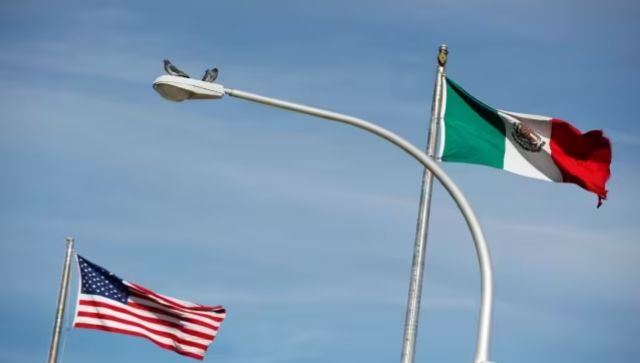The iconic uni-brow, hair adorned with flowers, and a slight moustache — these are the features that Frida Kahlo is instantly recognised by, and the aspects of herself that she chose to portray time and time again in her self portraits. Kahlo was born on this day 110 years ago, but she is still celebrated by artists and feminists across the world.
Left disabled by polio at the age of two, she also suffered grave injuries as a result of a bus crash that almost killed her at the age of 18. While recuperating, she took up painting. She would later come to be known as a surrealist and magical realist painter. Her relationship with her husband Diego Riviera is much talked about. After divorcing him, she remarried him, but the couple was known to have multiple affairs; she was also a lesbian.
But all this is history and facts.
What makes so many women draw inspiration from her is the way she didn’t allow her illness to limit her, how she retained her true sense of self, and the uninhibited manner in which she portrayed women in her paintings.
A refusal to be tied down
Polio rendered her right leg severely stunted, and she hid it by wearing colourful Mexican skirts which reflected her heritage. Later in life, the leg contracted gangrene, and she had to have it amputated. But her spirit remained unbroken, and she instantly adapted to a prosthetic leg. “Feet, what do I want them for if I have wings to fly?” she mused. She was encouraged by her father to play sport despite her illness, and he also taught her about literature, art and philosophy.
Art as identity
For much of her life, she was known as Rivera’s spouse; it was only after 1938 that she was recognised as an artist of great talent. Roughly one-third of her works are self portraits. “I paint myself because I am so often alone and because I am the subject I know best,” she said.
Kahlo had very simple explanations for her choice of subjects “I paint flowers so they will not die.” Her style is characterised by the use of vivid colours, and in many works, she explores the theme of death. At a time when being ‘feminine’ was the norm for women, she was not shameful about her facial hair and even depicted it in her works.
Beyond art
Kahlo did not shy away from politics either. In the elite National Preparatory School, she became a voracious reader and was exposed to indigenismo, an ideology which sought to rid the Mexican mindset of the superiority of Europe. She also became a part of Cachucas — an informal group which rebelled against everything conservative, played pranks and discussed philosophy.
She joined the Mexican Communist Party in 1948, and when she visited America, she criticised the rich for partying away their money while the poor suffered. During the civil war, Kahlo changed her identity considerably. Her art began to incorporate more elements of Mexican folk culture and she wore traditional indigenous Mexican peasant clothing. In her last days, when she was suffering from bronchopneumonia, she still participated in a demonstration against the CIA invasion of Guatemala. She was also responsible for the asylum granted to Leon Trotsky by the Mexican government.
Undying significance
Just last year, a ’lost’ painting made by her was found, which was expected to fetch $2 million. This painting was given to a woman who took care of her before she died by her husband. A range of emojis was also created based on her self-portraits in her honour. It’s not difficult to see why Frida Kahlo holds so much significance as an icon of feminism, equality across races and the LGTBQ community.


)




)
)
)
)
)
)
)
)